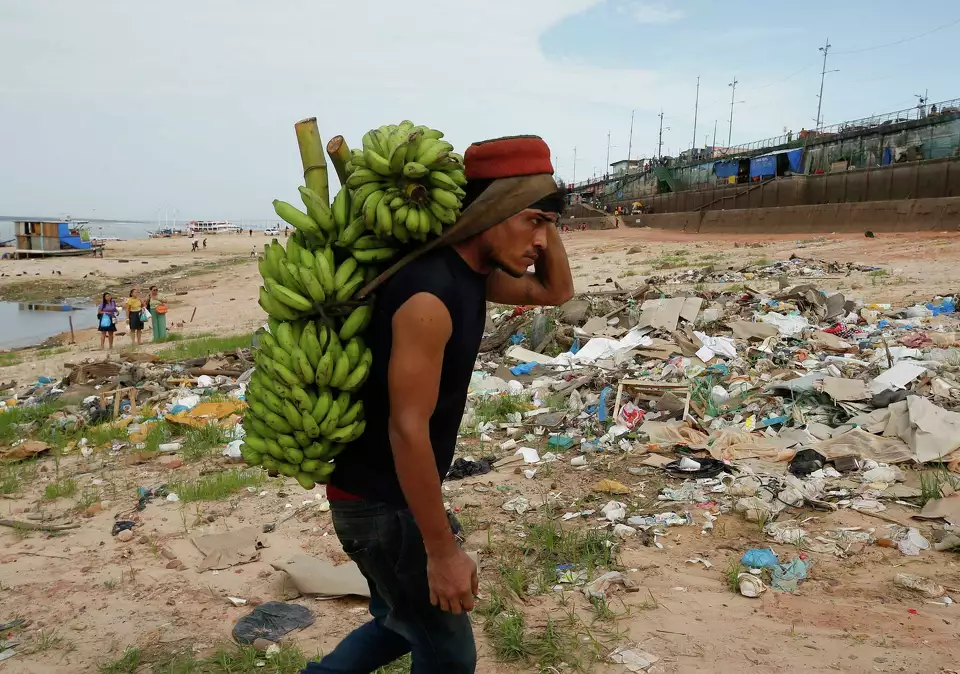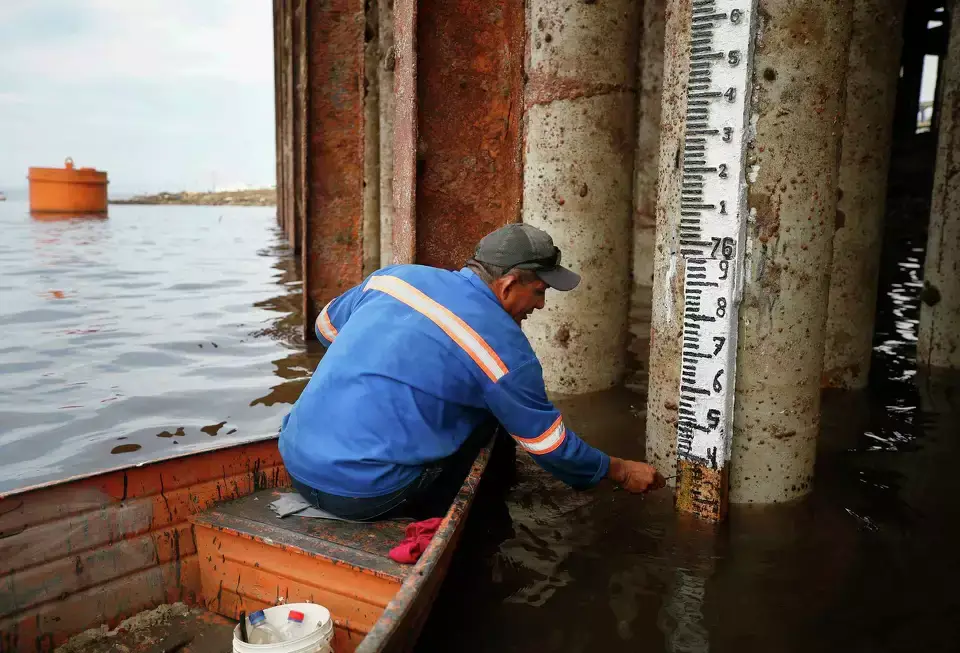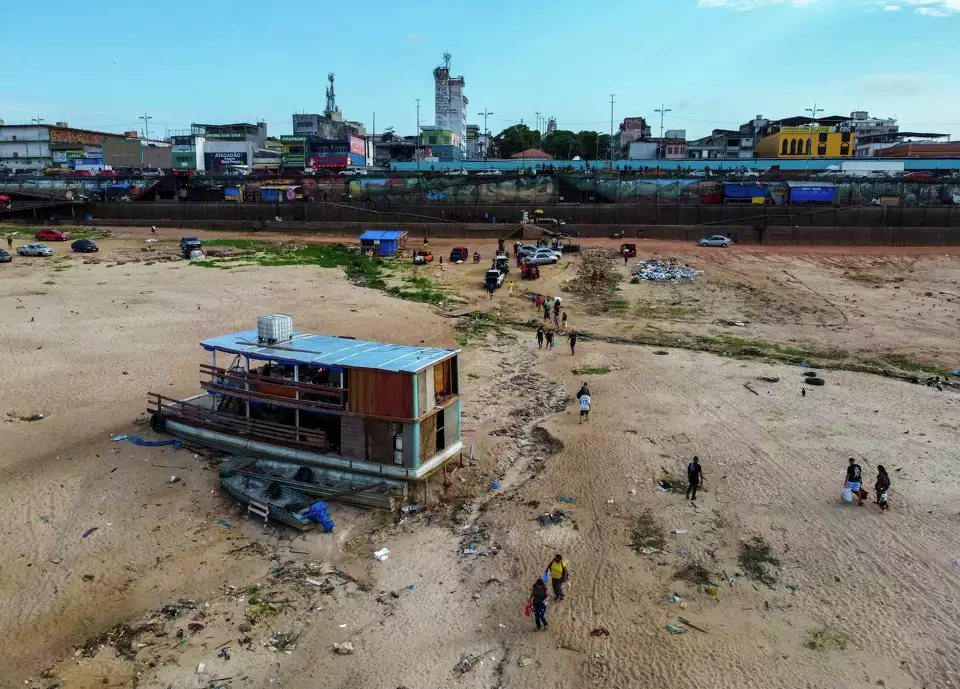Amazon Drought Causes Historic Low at Manaus Port
The Amazon rainforest’s largest city, Manaus, is facing an unprecedented crisis as its river port hit its lowest level in 122 years. On Friday, the water level plummeted to 12.66 meters, surpassing the previous record low set just last year. Valmir Mendonca, head of port operations, warns that the situation may worsen over the next two weeks.
Climate Change and Prolonged Amazon Drought
- Since last year, the Amazon and most of South America have seen below-average rainfall.
- Climate change is the primary cause, according to scientists.
- The Amazon region may not entirely regain its moisture levels until 2026, according to predictions.
Amazon Drought Triggers Humanitarian Crisis and Regional Impact
The drought has evolved into a humanitarian emergency, affecting over half a million people in Amazonas state alone. Key impacts include:
- In the state of Amazonas, 62 localities are in a state of emergency
- Individuals that depend on rivers are left without food, drink, or medication
- disruption of the region’s vital transportation and supply networks

Environmental Consequences of Amazon Drought
The prolonged drought is taking a severe toll on the Amazon’s ecosystem:
- The worst wildfires to hit Brazil and Bolivia in almost ten years
- corpses of endangered freshwater river dolphins in the Amazon found
- decreasing water levels bringing wildlife and people closer together
Economic Repercussions of Amazon Drought
The drought is significantly impacting various sectors of the economy:
- Grain shipments halted on the Madeira River due to low water levels
- Hydropower plants, Brazil’s main source of electricity, operating at reduced capacity
- Potential reintroduction of daylight saving time to conserve electricity
Amazon Drought Leads to Record-Breaking Water Levels
- Rio Negro measured at 12.66 meters at the Port of Manaus, an all-time low
- Solimoes River also hit a record low this week
- Paraguay River at an all-time low, affecting Brazil, Paraguay, and Argentina
Wider South American Impact from Amazon Drought
The extreme weather conditions are not limited to the Amazon:
- River Paraguay at historically low levels
- Bolivia is expected to shatter the record for the highest number of fires ever recorded.
- Surging flames in the Amazon and nearby Pantanal wetlands

Long-Term Outlook and Concerns from Amazon Drought
- National disaster monitoring agency Cemaden calls this Brazil’s worst drought event since at least the 1950s
- Weak seasonal rains preventing full recovery of the region
- Fears of repeated or worsening impacts compared to last year’s crisis
Government Response to Amazon Drought
Authorities are taking measures to address the crisis:
- States of emergency declared in affected municipalities
- Consideration of energy conservation measures, including daylight saving time
- Increased monitoring and support for affected communities
The profound effects of this historic drought on the ecosystem, local populations, and the economy highlight the critical need for comprehensive climate action and sustainable resource management as the Amazon experiences these effects. The circumstance is a sobering reminder of how intertwined the world’s climatic systems are and how susceptible even the largest rainforest on Earth is to the effects of climate change

